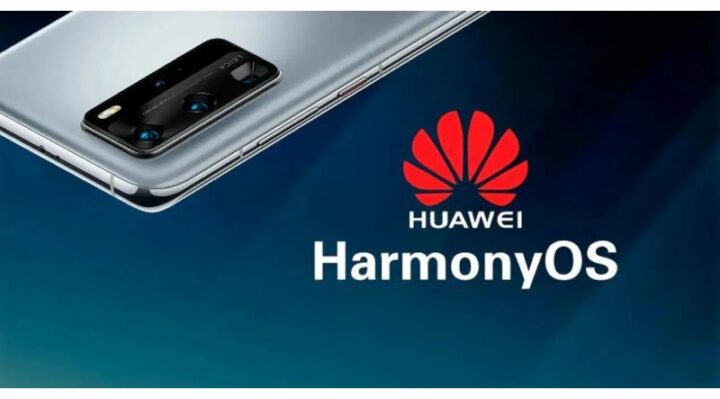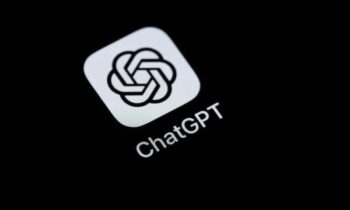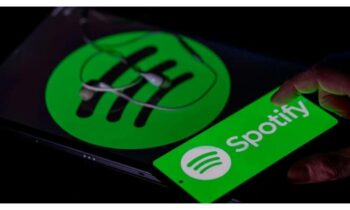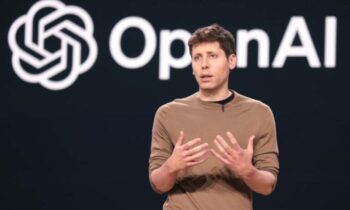
Huawei continues to work toward eliminating its reliance on foreign technology and taking on industry leaders in artificial intelligence, such as OpenAI, Google, Apple, and Nvidia. On Friday, the Chinese company unveiled its most recent operating system and an update to its Pangu large language model.
Due to the United States placing Huawei on a trade blacklist and limiting its access to American technology, Huawei has prioritized developing its own operating system to replace Google’s Android. The business claims that its own solution is now fully self-secured and controllable.
China, on the other hand, is attempting to create hardware that can rival Nvidia’s and its own adaptations of OpenAI’s generative AI technology.
All of Huawei’s products, including smartphones, PCs, tablets, automobiles, wearables, and enterprise applications, will run the new HarmonyOS Next. Since its release ten years ago, the business claims that its operating system has been installed on over 900 million devices.
At Huawei’s developers conference on Friday in the Chinese city of Dongguan, Richard Yu, head of the company’s Consumer Business Group, stated, “We have seized this opportunity to overtake [the others] on a bend by building an operating system that is self-controllable and secure.” “In just over a decade, we have achieved some milestones that the Western countries took three to four decades to achieve.”
According to Huawei, the Pangu 5.0 LLM boasts four distinct training model sizes: a tiny model that can be integrated into smartphones, a midsize model with up to 90 billion parameters, a “ultra” model with up to 230 billion parameters to manage complex tasks for businesses, and a “super” model with a trillion parameters.
Variables called parameters are used to modify AI training. The model’s power and capacity to manage challenging training assignments increase with the number of parameters. The most recent GPT-4 from Open AI includes 1.76 trillion parameters.
In addition, Huawei showcased weather forecasting, smart manufacturing solutions, and humanoid robots—all of which were showcased by Nvidia CEO Jensen Huang at the recent Computex trade show in Taipei.
“We are the most important alternative beyond Nvidia’s [AI computing] solutions,” Huawei’s Yu remarked.
On Friday, Huawei unveiled Harmony OS Next, claiming that all of its devices can easily run the operating system.
It’s not like other operating systems available, where a certain OS is required for every kind of device. Harmony OS Next is one as all, all as one,” Yu declared. He also mentioned that additional models will support the new operating system by 2025 and that Huawei’s next new flagship smartphone, the Mate 70, will use it later this year.
In contrast, Microsoft Windows and Apple’s MacOS are better suited for computers, while Android and iOS are utilized for smartphones and tablets.
In order to incorporate artificial intelligence (AI) into its products, including its AI voice assistant Celia, the Chinese tech company has introduced its Harmony Intelligence infrastructure.
Only a few weeks had passed since Apple unveiled Apple Intelligence, an AI platform that uses server processing power and device AI capabilities to manage generative AI tasks. At that time, Harmony OS Next and Harmony Intelligence were presented.
Overtaking Apple’s iOS, Harmony OS has emerged as China’s second-largest mobile operating system. Harmony OS’s market share increased from just 6.5% in 2022 to 17.95% in the first quarter, per Canalys data. In the first quarter of 2024, that figure was compared to 67.2% for Android and roughly 14.8% for Apple iOS.
Yu stated that almost 1,500 of the top 5,000 apps on Android had switched to Harmony, adding that Harmony OS now has 900 million users.
According to the executive, Huawei is still laying the groundwork for artificial intelligence. This includes developing its Pangu big language model, Ascend chips for AI accelerators, Kunpeng server CPUs, and Kirin chips for device CPUs.



